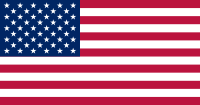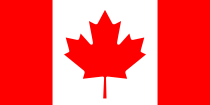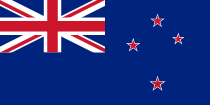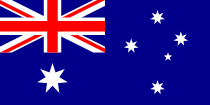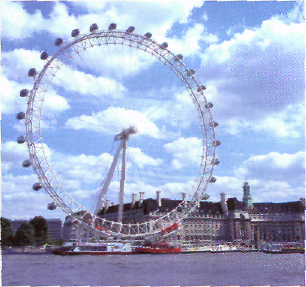УЧЕБНИК 1 КУРСА. Learningenglis ru learningenglis ru
 Скачать 18.07 Mb. Скачать 18.07 Mb.
|
UNIT 3ENGLISH SPEAKING COUNTRIES PREVIEW
ANIID ESLRIA ONGHOGNK LMTAA HETCEURBPILFOUHSTORAFIAC | |||||||||||||||||||||||||||||||||||||||||||||||||||||||||||||||||||||||||||||||||||||||||||||||||||||||||||||||||||||||||||||||||||||||||||||||||||||||||||||||||||||||||||||||||||||||||||||||||||||||||||||||||||||||||||||||||||
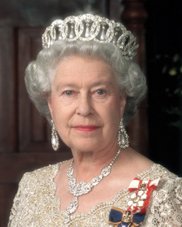 | 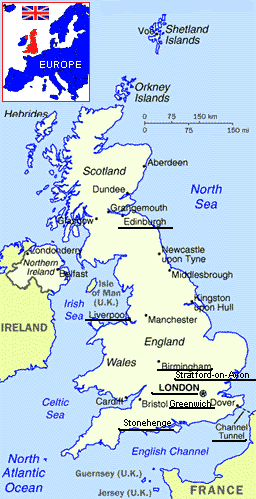 | 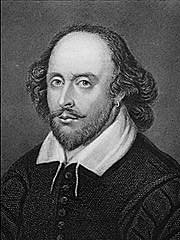 e. A world renowned writer William Shakespeare was born in this town e. A world renowned writer William Shakespeare was born in this town |
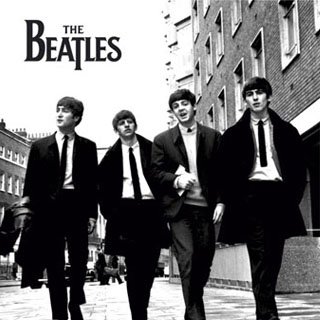 | | f. Prime Meridian (0 degree meridian) passes through this place 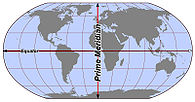 |
of the most famous sights in the world 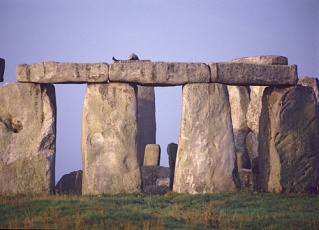 | | 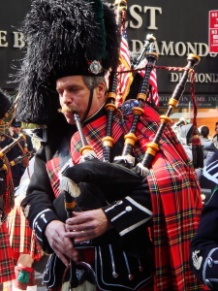 g. It is the capital of the part of Great Britain where bagpipes are played g. It is the capital of the part of Great Britain where bagpipes are played |
| d. It is the UK’s2nd largest city in terms 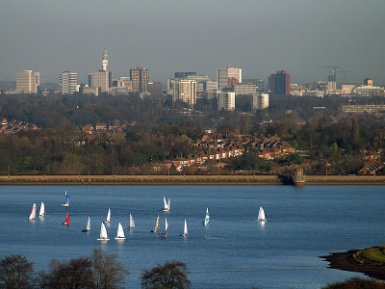 of population of population | 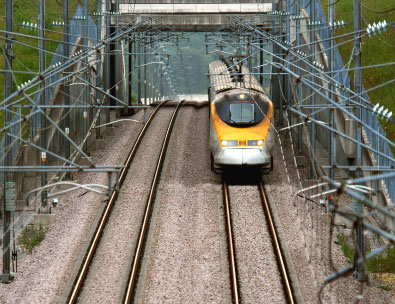 | h. Thanks to this it takes just 35 minutes to get from England to France |
READING 1: PHYSICAL GEOGRAPHY
Study the vocabulary from Exercises B, E.
| island | a piece of land completely surrounded by water |
| isle | a word for an island, used in poetry or in names of islands: the British Isles |
| peninsula | a piece of land almost completely surrounded by water but joined to a large mass of land |
| mainland | the main area of land that forms a country, as compared to islands near it that are also part of that country |
| coast | the area where the land meets the sea |
| off the coast | in the sea near the land |
| latitude | the distance north or south of the equator measured in degrees |
| mild | not to cold or wet, and sometimes pleasantly warm |
| temperatemoderate | a type of weather that is never very hot or very cold |
| extreme n | something that goes beyond normal limits, so that it seems very unusual and unacceptable |
| rainfall | the amount of rain that falls on an area in a particular period of time |
| spell n | a period of a particular kind of activity, weather etc, usually a short period: sunny spell |
| shower | a short period of rain or snow |
| gale | a very strong wind |
B. Read and translate the text.
The British Isles is the geographical term for a group of about 5,000 islands off the north-west coast of mainland Europe. The largest island is Britain or Great Britain, which is also the largest island in Europe. It consists of England (south eastern part), Wales (south western part) and Scotland (northern part). The next largest island is Ireland, which is made up of Northern Ireland (or Ulster) and the Irish Republic (also known as Eire). Britain and Northern Ireland, together with a number of small islands, form the United Kingdom of Britain and Northern Ireland, more commonly known as the United Kingdom. With a total population of 58 million people the UK ranks about fifteenth in the world.
Britain has a generally mild, temperate climate. The weather, however, tends to be very changeable as a result of constant influence of different air masses. South-western winds bring warm air from the Atlantic. There are few extremes in temperature, which rarely goes above 32˚C or below - 10˚C. In summer southern Britain is warmer than northern Britain because of its latitude but, in winter a warm sea current keeps the west milder than the east. Consequently Wales and the south-west peninsula have the most moderate climate and eastern England is the most extreme. The west and the north of Britain get more annual rainfall than its eastern and central parts. The reason is that western areas are more mountainous and higher than the rest of the country and therefore they get more rain.
C. Match the names with the maps.
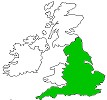 | 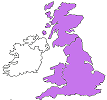 | 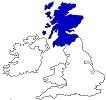 | the British Isles the UK Great Britain England Scotland Wales |
| a) | b) | c) | |
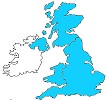 | 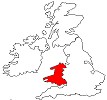 | 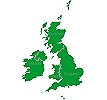 | |
| d) | e) | f) |
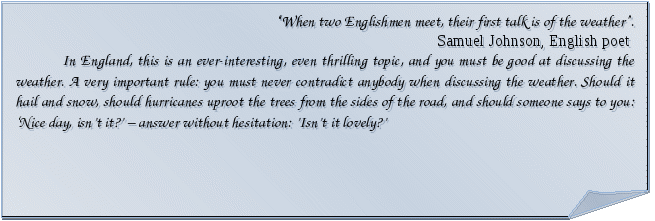
D. Speak about the weather features and its causes in Britain.
 Causes Causes | Weather features | 1very changeable weather 2 few extremes in temperature 3 south warmer than North 4 west milder than East 5 west wetter than East |
E. Match the weather forecast with the correct chart. Then write a weather forecast for the other chart.
| |
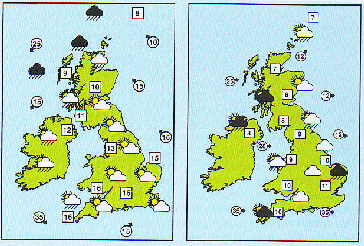 eather forecast
eather forecast Cloud with a little rain will persist over south-eastern parts of England, but there will be sunny spells over much of the country. Showers will extend from the north west through western areas of Scotland and Northern Ireland. Some of these showers will be heavy on west-facing coasts. Temperatures will be quite mild for January, with a minimum of 7 degrees Celsius in northern Scotland and a maximum of 11 degrees Celsius in south-west England but there will be a strong westerly wind with gales in the far south-west.
F. Look through the texts again and find A) synonyms and B) antonyms for the following words and phrases.
| A) | strong wind | | B) | a little rain | | |
| be made up of | | above | | |||
| rainfall | | the most moderate | | |||
| | | | | |||
| parts | | changeable | | |||
| mild | | | minimum | | ||
G. What do we add to short regular adjectives to make comparative and superlative forms? What do we add to long adjectives? Translate the following sentences.
Великобритания – самый большой остров в Европе. 2) Ольстер более известен как Северная Ирландия. 3) Благодаря теплому морскому течению климат на западе мягче, чем на востоке. 4) В Уэльсе самый умеренный климат, а восточная часть Англии больше всего подвержена резким климатическим изменениям. 5) На севере и на западе Великобритании выпадает больше осадков, чем на востоке. 6) В западной части острова больше гор и возвышенностей.
READING 2: BRITAIN
Solve the quiz and check your answers.
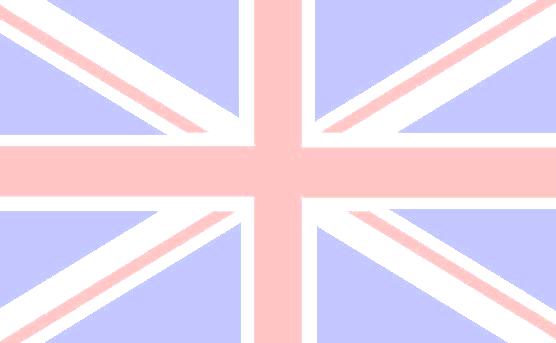 The longest river in the UK is …
| Ben Nevis is …
|
| The symbol of Scotland is …
| The capital of Wales is …
|
| All the following languages are spoken in the UK except …
| The flag of the UK is called the …
|
Study the vocabulary.
| flat adj | smooth and level |
| valley | an area of land between two lines of hills or mountains, usually with a river flowing through it |
| plain n | a large area of flat dry land |
| range | a group of mountains or hills, usually in a line |
| rural | happening in or connected with countryside, not the city |
| agriculture | the practice or science of farming |
| dairy farming | the practice or business of keeping cows to produce milk |
| pasture | land or a field that is covered with grass and is used for cattle, sheep etc to feed on |
| sheet | a large flat area of something such as ice or water spread over a surface |
| plateau | a large area of flat land that is higher than the land around it |
C. Read and translate the text.
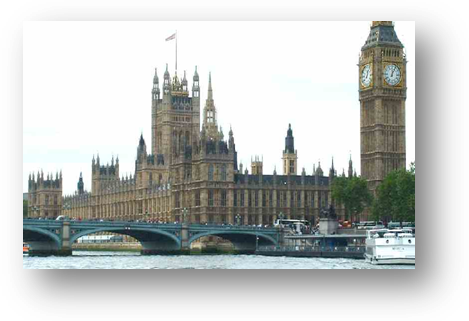
England information file: Total population 49 mln. Capital - London. National day - St. George, April 23. National symbols - Red rose, lion, and bulldog. Language - English.
Of the four parts which make up Great Britain England is the largest and most densely populated part of the United Kingdom. The greatest concentrations of population are in London, Birmingham and north-west industrial cities.
England is mostly a lowland country. There are upland regions in the north and in the southwest, but the rest of England is almost flat. The coasts of England are washed by the North Sea, the Irish Sea, the English Channel and the Straight of Dover. There are many rivers in England. The longest is the Severn, the most important is the Thames.
Northwest England, the Midlands and Southern England – each part of England is different. The Lake District in Northern England with its lakes, mountains and valleys is a favorite holiday area. The Midlands contain major industrial centers of England as well as provide good plains for farming. Southern England is famous for some of the oldest British settlements and traces of ancient monuments such as Stonehenge. It is also where the capital of England is located, the city which being an important commercial and cultural centre dominates the life of Britain.
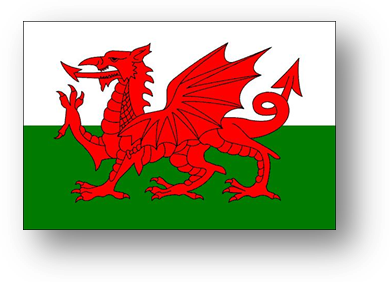
Wales information file: Total population – 2,5 mln. Capital – Cardiff. National day – St. David’s day, March 1st. National symbols – Dragon, leek, daffodil. Languages - English, Welsh.
It is the largest of the peninsulas on the western side of Britain. It consists of a complex of mountain ranges, which are called the Cambrian Mountains. The highest area occurs in the north, especially around Snowdon (1,085 m). In the upland areas sheep are the basis of the rural economy, and in the low-lying parts near the coast and in the valley bottoms dairy farming predominates.
The capital of Wales is Cardiff. It is an important industrial city and a port. It is also an administrative and educative centre.
The Welsh people, especially in rural areas, are fond of folk music, singing, poetry and drama. Welsh literature is one of the oldest in Europe.
S
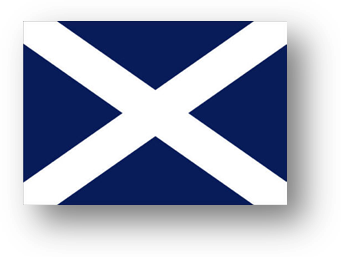 cotland information file: Total population – 5 mln. Capital – Edinburgh. National day – St. Andrew’s Day, November 30. National Symbols – Thistle, tartan. Languages - English, Scottish, Gaelic.
cotland information file: Total population – 5 mln. Capital – Edinburgh. National day – St. Andrew’s Day, November 30. National Symbols – Thistle, tartan. Languages - English, Scottish, Gaelic.Although Scotland takes up one third of the territory of the British Isles it is not very densely populated mostly due to its northern location. Climatically the region has some of the most severe weather experienced in Great Britain. It is famous for its mountains. The Highlands of Scotland are among the highest mountains in the world. They reach their highest point in Ben Nevis (1,347 m). There are three lakes there, one of them, Loch Ness, is said to be the home of the “monster”.
The present-day economy of the region is dominated by agriculture. The region is clearly divided between the sheep pastures of the uplands & the more diversified farming areas of the lowlands.
The capital of Scotland is Edinburgh which is also the cultural centre of Scotland. It is associated with the names of George Gordon Byron and Walter Scott, Robert Luis Stevenson, Robert Burns and Arthur Conan Doyle.
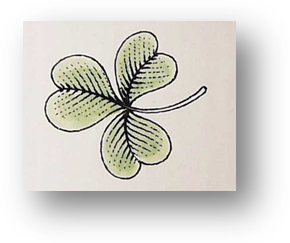
Northern Ireland information file: Capital – Belfast. Patron saint - Saint Patrick. Languages - English, Irish, Gaelic. National Symbol – Shamrock.
The regional geography of the island is simpler than that of Great Britain, and especially than the regional geography of England. A large proportion of Ireland‘s territory consists of either uninhabitable mountain territories, or valleys & lowlands containing innumerable sheets of water. In the extreme north-east is the Antrim Plateau or Mountains of Antrim. Being geographically an island and a single unit, Ireland is politically divided into the Irish Free State & Northern Ireland or Ulster.
D. Draw the table and complete the information file on the UK.
| | Capital | Total population | Language | National symbol | Famous people/places etc | Rivers | Mountains Highest points |
| England | | | | | | | |
| Wales | | | | | | | |
| Scotland | | | | | | | |
| Northern Ireland | | | | | | | |
E. Decide what part of the UK is described in the following sentences.
1) Most of the population and territory of the UK is concentrated here.
2) This mountainous country is well-known for its beautiful scenery and world famous writers.
3) Cattle breeding and farming play a vital role in the economy of this country.
4) It is located on an island the part of which is an independent state.
*Add one more sentence of your own about each part of the UK.
F. Rearrange letters and guess synonyms.
| eht ttregaes oetonnnccrstia fo louatpionp | eyenlds tplaeoudp |
| wlo-gilny sptar | dallonw |
| rlaur nyecoom | gueilctaurr |
G. Speak about the four parts of the UK using the prompts.
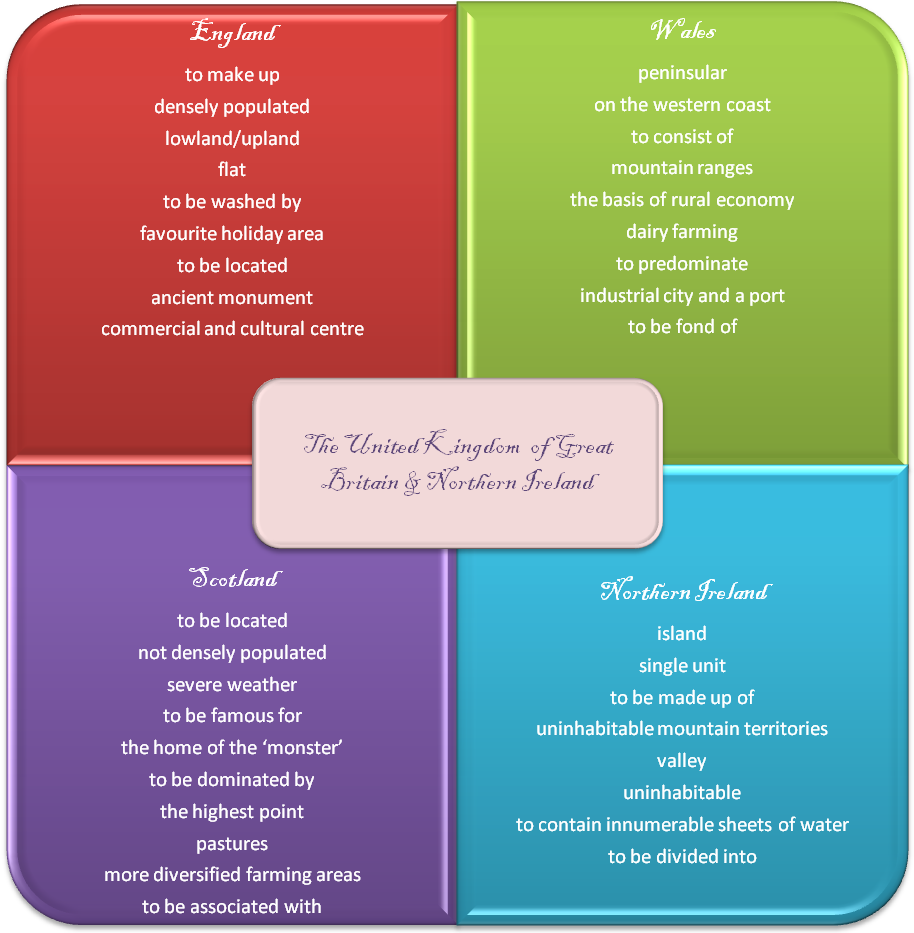
GRAMMAR: PROPER NOUNS & ‘THE’
Write down the italicized phrases from the text. Match them to these uses of ‘the’.
| We use ‘the’ with: | We do not use ‘the’ with: |
g) nationality words (people) |
g) cities/towns/suburbs/villages |
B. Put in these names in the sentences below: English Channel and Straight of Dover, Cambrian Mountains, Wales,
1) The UK is England, Wales, Scotland and Northern Ireland.
2) … separate Great Britain from France.
3) …flow through England.
4) Cardiff is the capital of ….
5) … are a complex of mountain ranges on the western side of Britain.
6) Dublin is in …
7) … is a geographical name denoting a group of islands.
8) …is the highest point of the Highlands of Scotland.
9) The people of Wales are …
C. Read these sentences. Some are correct, but some need ‘the’. Correct the sentences where necessary.
Last year we visited Canada and United States.
Africa is much larger than Europe.
South of England is warmer than north.
We went to Spain for our holidays and swam in Mediterranean.
Tom has visited many countries in Eastern Europe.
A friend of mine used to work as a reporter in Middle East.
Next year we are going skiing in Swiss Alps.
Malta has been a republic since 1974.
Nile is the longest river in Africa.
Have you ever been to Philippines?
Belgium is smaller than Netherlands.
Rocky Mountains are in North America.
Panama Canal joins Atlantic Ocean and Pacific Ocean.
The last areas to resist the English were the north of Ireland, Ulster, but in the end the Irish were defeated.
LISTENING 1: LONDON IN A DAY
(Total English, Intermediate, Student’s Book, Track 6.8)
A. Before you listen, say when you visit another city, what do you enjoy/not enjoy doing?
B. You are going to plan a day trip for your group in London. Look at the 'What's on in London?' leaflets below and find:
|
|
What’s on in London
| General Tour around London on a Big Red Bus. Enjoy the views from the top of this famous London bus, as you learn about the sights from one of our friendly guides. Half-day tour, £25 per person. London walks - Experience London on foot with one of our specialized walking tours. £5 per two-hour walk. Camden market - the perfect place to walk around and visit shops, eat in a local cafe, buy some arts and crafts and just sit with a coffee and watch London go by. Colorful, fun and cheap - this is real London. Buckingham Palace – Queen’s residence. Entrance ticket: £12 per person. Watch the Changing of the Guard outside Buckingham Palace at 2p.m. every afternoon.
|
| Museums and Galleries Madame Tussaud’s - Visit the museum to see their world famous wax models of famous stars, past and present A very popular attraction, you might have to wait over an hour to get in. £24.50. The British Museum – has outstanding collections that cover world cultures from prehistory to the present day. Free. The National Gallery –The National Gallery, London, houses one of the greatest collections of European painting in the world, with over 2,300 paintings covering the period from about 1250 to 1900. Free. |
| Shopping Shop at Harrods - the most famous department store in the world. Buy exclusive souvenirs for family and friends, and enjoy afternoon tea and wonderful views across London in our sky-view cafe. |
| Business center The City of London– the financial district, known simply as 'the City', occupies one square mile of central London. Although the City is central to international finance, to many observers it seems increasingly independent of the British domestic economy. |
C. Listen to three people planning a day trip. Write down three things they decide to do.
D. Plan your day, using ‘What’s on in London?’ leaflets. You can spend £100 each. Plan activities for the morning, the afternoon and the evening.
LANGUAGE SKILLS: EXPRESSING PREFERENCES AND WISHES. EXPLAINING THE CHOICE
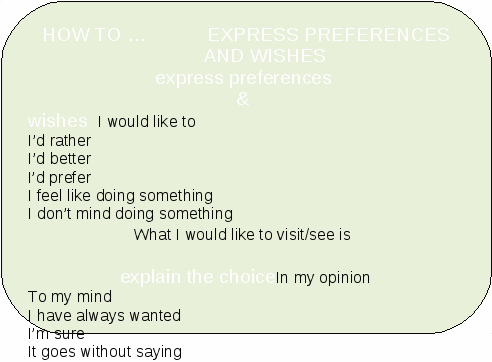
SPEAKING: TOP THINGS TO DO IN ENGLAND!
With a partner study the popular activities offered to tourists in England. Choose any three you would wish to do and give arguments to support your choice. Use the language skills given above.
• Visit London's huge range of museums, houses, churches and galleries, or spend away in its vast choice of shops and markets
• Catch a match of football - a major sport in England and extremely popular
• Attend a performance at the Royal Shakespeare Theatre in Stratford-upon-Avon, once home to William Shakespeare. His birthplace and relatives' houses can be visited.
• Spend a day in Windsdor, and explore the famous castle that is one of the Queen's official residences.
• Escape to Cambria, where the Lake District National Park is dominated by England's highest mountains.
• Walk along 1,800-year-old Hadrian's Wall, which spans England from west of the border city of Carlisle to Newcastle, marking the northern boundary of the Roman Empire.
B. Search the Internet! Find out the popular activities of Scotland, Wales and Northern Ireland and present your findings to the class.
WRITING: PERSONAL/INFORMAL LETTER. LETTER OF REQUEST
You are going to England for holiday. You would like to stay for a few days at your English friend’s. Write a letter and ask if it is possible.
Describe briefly your holiday plans.
Present your request.
Say how long you would like to stay.
Express hope for her/his return visit to Russia.
Write 120 – 150 words. Use informal letter plan given below.
| Informal letter plan | |
| | Dear … , |
| Paragraph 1 | It was so good to hear from you. Thanks for your recent letter. I’m sorry I haven’t written for so long, but … |
| Paragraph 2 | |
| Paragraph 3 | |
| Paragraph 4 | |
| Closing expression (s) | Give my regards to…, Looking forward to hearing from you/seeing you. All the best… |
| Your first name | |
You may use the following phrases:
I’m writing to ask you for your help/to do me a favour.
I wonder/was wondering if I could ask you to …
I would be terribly/really grateful if you could …
LISTENING 2: POLITICS
(In Britain by Michael Vaugham-Rees, Track Politics)
A. Listen to the text “Parliament” and answer the questions below.
1) How many chambers are there in British Parliament and what are they?
2) What are the functions of each house?
3) How many MP’s or seats are there in the House of Commons and how many women are there among them?
4) Does the House of Lords consist of 1203 or 1205 members?
5) Who can be a member of the House of Lords?
6) Is the head of both Houses the Queen or Prime Minister?
B. Now listen to the speaker about forming a government and complete the description using words from the box.
| Chancellor of the Exchequer MPs ministers 1731 “Downing Street” appoints opposition 11 parliament government |
READING 3: GREAT BRITAIN ECONOMY
Before you read, think about main characteristics of a nation's economic system.
Skim-read the text and compare your answers with those offered in the text.
Look in the text and find the following words and phrases.
1 торговая держава; за последние двадцать лет; значительно сокращать долю государственной собственности; сократить государственные программы социальной помощи;
2 рабочая сила; уменьшаться; нетто-импортер энергоресурсов/страна с превышением импорта энергоресурсов; на долю энергетической промышленности приходится; банковское дело; страхование; насчитывать/составлять;
3 с момента выхода из рецессии; обгонять/опережать; экономический спад; жесткие условия кредитования; ввергнуть в рецессию; заставлять; осуществлять/вводить ряд мер; сокращать/урезать/снижать налоги;
4 изменения процентной ставки; опросы общественного мнения.
Read and translate the text.
1 The UK, a leading trading power and financial center, is one of the quintet of trillion dollar economies of Western Europe. Over the past two decades, the government has greatly reduced public ownership and contained the growth of social welfare programs.
2 Agriculture is intensive, highly mechanized, and efficient by European standards, producing about 60% of food needs with less than 2% of the labor force. The UK has large coal, natural gas and oil resources, but its oil and natural gas reserves are declining and the UK became a net importer of energy in 2005; energy industries now contribute about 4% to GDP. Services, particularly banking, insurance, and business services, account by far for the largest proportion of GDP while industry continues to decline in importance.
3 Since emerging from recession in 1992, Britain’s economy enjoyed the longest period of expansion during which time growth outpaced most Western Europe. The global economic slowdown, tight credit, and falling home prices, however, pushed Britain back into recession in the latter half of 2008 and prompted the government to implement a number of new measures to stimulate the economy and stabilize the financial markets; these include part-nationalizing the banking system, cutting taxes etc.
4 The Bank of England periodically coordinates interest rate moves with the European Central Bank, but Britain remains outside the European Economic and Monetary Union, and opinion polls show a majority of Britons oppose joining the euro.
To the given words and word combinations find in the text: A) synonyms; B) antonyms.
A)
slowdown
resources
reduce
B)
join
nationalize
Which words below have a positive meaning? Which have a negative one? Use these words to complete the sentences below.
| leading tight falling intensive highly mechanized efficient to reduce to contain to emerge from to outpace to decline to enjoy to cut to stimulate to stabilize to suspend to oppose |
The English do … life.
Production processes in Europe are … …
It is also an … time for the production team.
The health care could be more …
It is one of the UK’s … producers.
6) Creditconditions remain …, while affordability, especially in London, is still poor.
7) UK house prices saw a slight rally last month after …at the end of the year.
8) High interest rates, rising oil and food prices are likely to … growth at about 7.5%, analysts said, down from 9% or more in previous years.
9) … reservesof North Sea gas and oil mean that by the end of the decade, the UK will be a net energy importer for the first time since the Industrial Revolution.
10) The Scottish economy is likely to … recession and return to weak growth by the spring.
11) The rise in London house prices has dramatically … Londoners' salary increases.
12) The prime minister regards help for people on low incomes as the most efficient way to … the economy.
13) Government faced a choice between … taxes, boosting infrastructure spending and helping people on low incomes.
14) But more needs to be done to … financial markets and support economic growth
15) The institution has asked the European Union's highest court to annul a decision by EU finance ministers to temporarily … the rules.
16) Conservative party leader … city parking tax.
17) Northern Ireland’s health trusts have made significant progress in… their financial deficits.
Draw the table ‘Britain’s economy over the last decades’ and complete it.
Britain’s economy over the last decades
| Period of time | Critical activities |
| over the past two decades | |
| since 1992 | |
| in the late 2008 | |
H. Answer the following questions about the text.
How is Britain’s economy characterized in general? What is the statistic used to measure the economy? How do you understand the following – “one of the quintet of trillion dollar economies”?
The first ingredient of a nation's economic system is its natural resources. What about the UK?
What is the UK’s CB? Does the UK undertake an independent monetary policy? Is Britain a member of the euro zone?
What is the key sector of Britain’s economy? What does it cover? How much does it contribute to GDP? What industries decline? How do you understand the following – “a net importer of energy”?
I. Summarize the information about Britain’s Economy. Use the headings below.
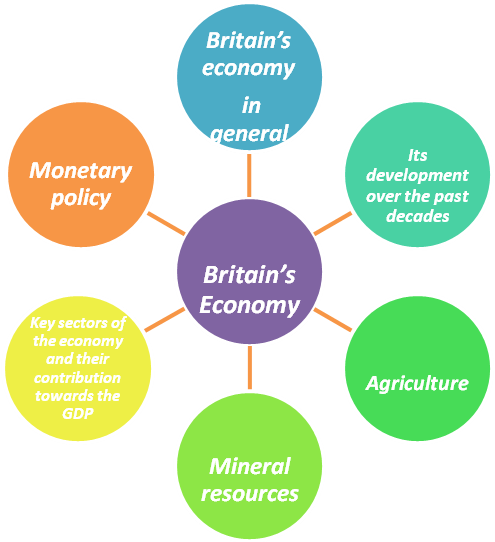
OVER TO YOU
Search the Internet and find the information on the topics below. Write a summary about Britain’s economy on one of the following topics and make a presentation to your group mates.
|
|
| |


